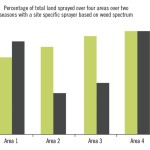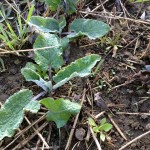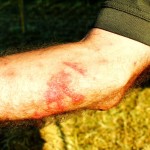
Pest Patrol: What advances in precision agriculture would benefit weed control?
#PestPatrol with Mike Cowbrough, OMAFRA

Clubroot continues its march across prairie canola fields
So far nothing appears to have slowed the spread of clubroot, so some are suggesting it might be time to rethink our approach

Pest Patrol: How do I control tansy ragwort in my pasture?
#PestPatrol with Mike Cowbrough, OMAFRA

PHOTOS: Pest Patrol: What is the best way to get rid of common burdock?
Seeds may be viable for up to three years so manage accordingly

Organic weed control, precision weed tillage via the ‘Robocrop’
Frustrated with lack of weed control, one organic farmer from Manitoba is impressed by a U.K.-made in-row cultivator

Herbicide resistance, selection pressure, reducing options for weed control
Pay close attention to weeds that survive herbicide applications, says one U.S. farmer

PHOTOS: Pest Patrol: Giant hogweed, and its look-alike that’s far more friendly
A farmer asks, “I’m worried about giant hogweed because I hear it causes severe dermatitis and blindness. How do I identify it?”

Controlling crop weeds with beneficial insects
Flea beetles that eat leafy spurge are only the first wave of biological weed control

Pest Patrol: Are there any promising new mechanical methods for weed control?
The Harrington seed destructor is one possibility to help avoid spreading weed seed

New research shows how your crop gets a sneak peek at weeds
It turns out your crop sees and reacts to weeds before the crop even emerges


